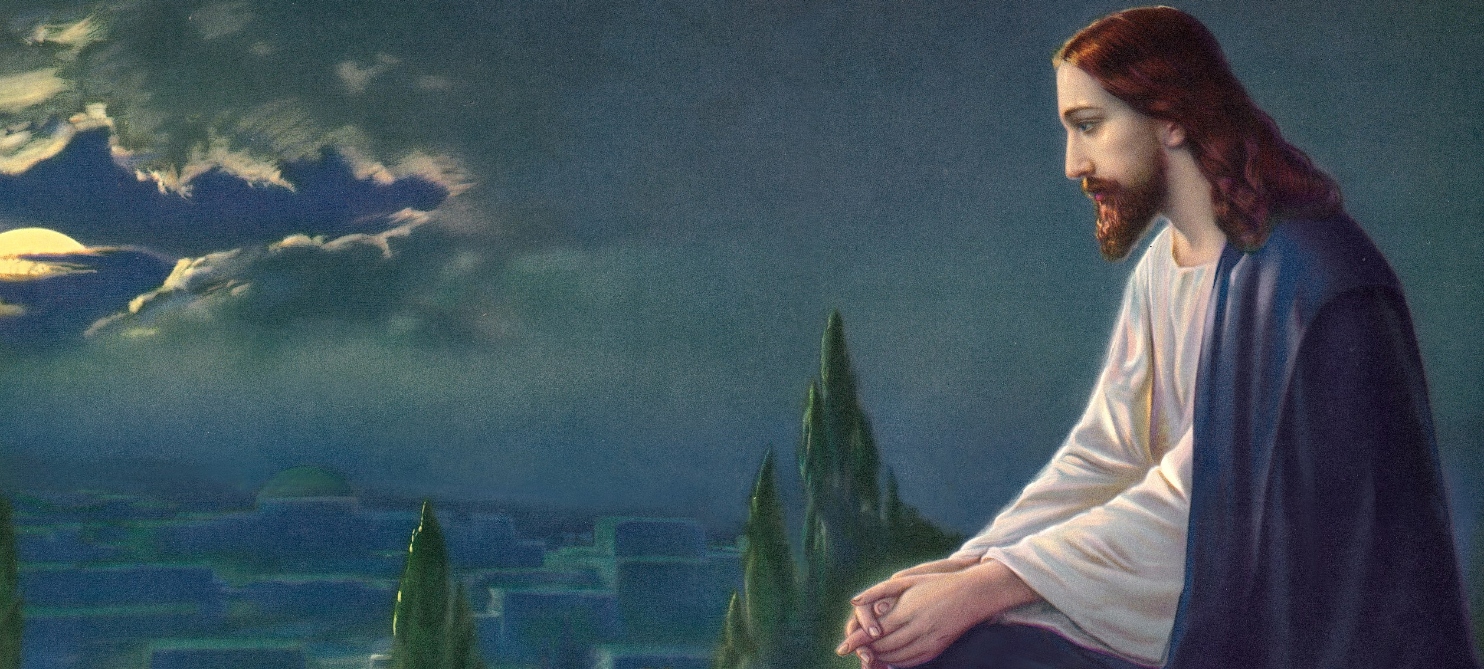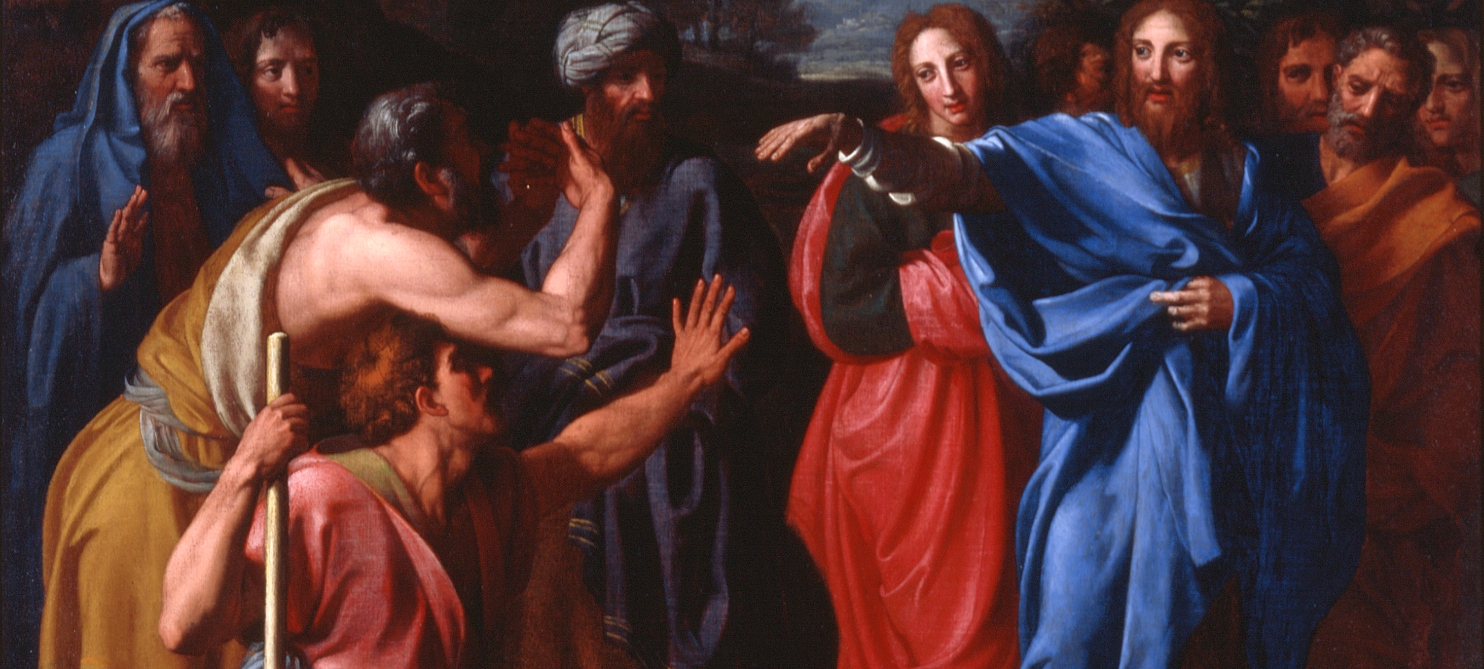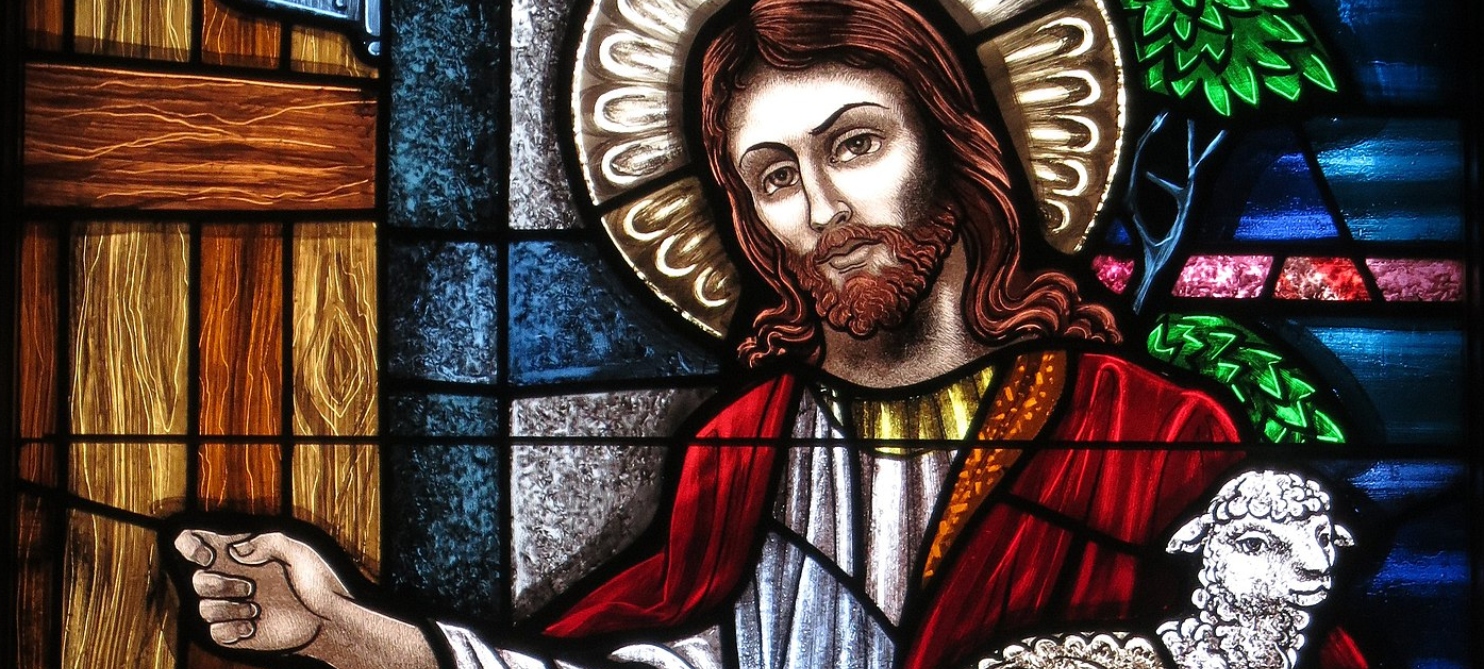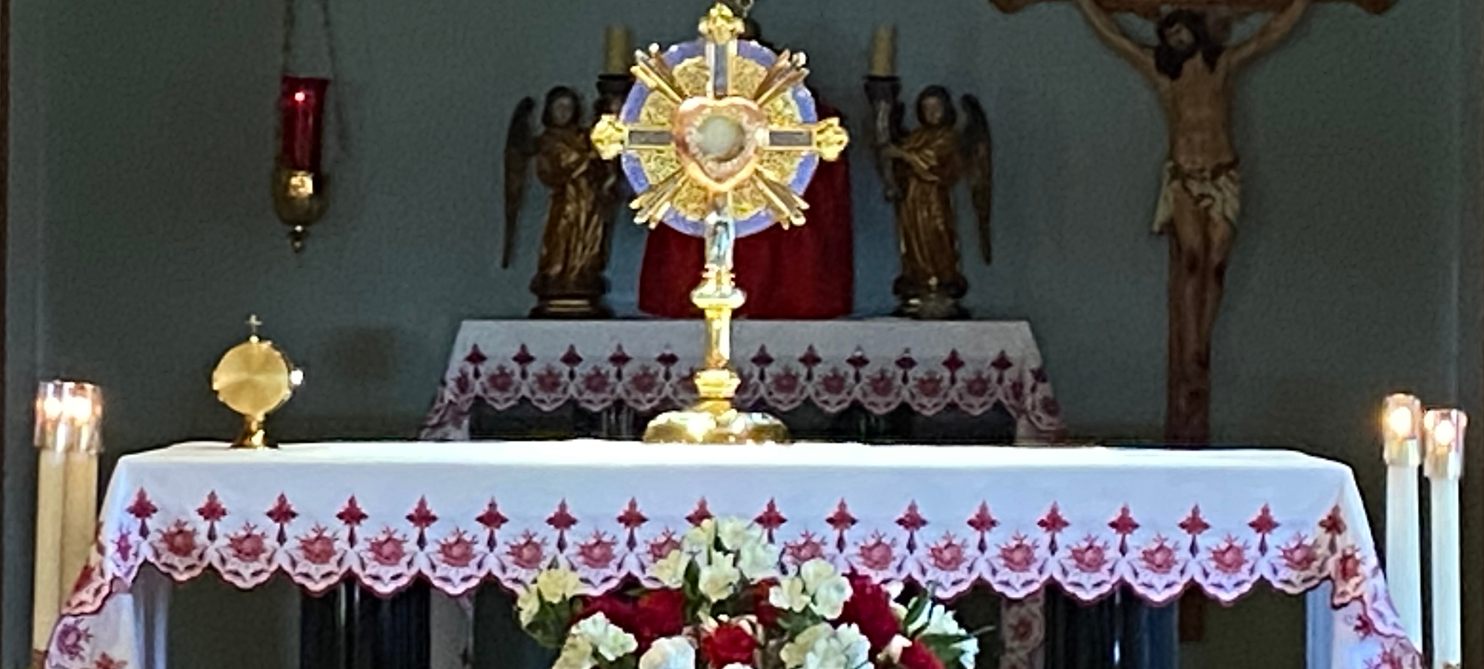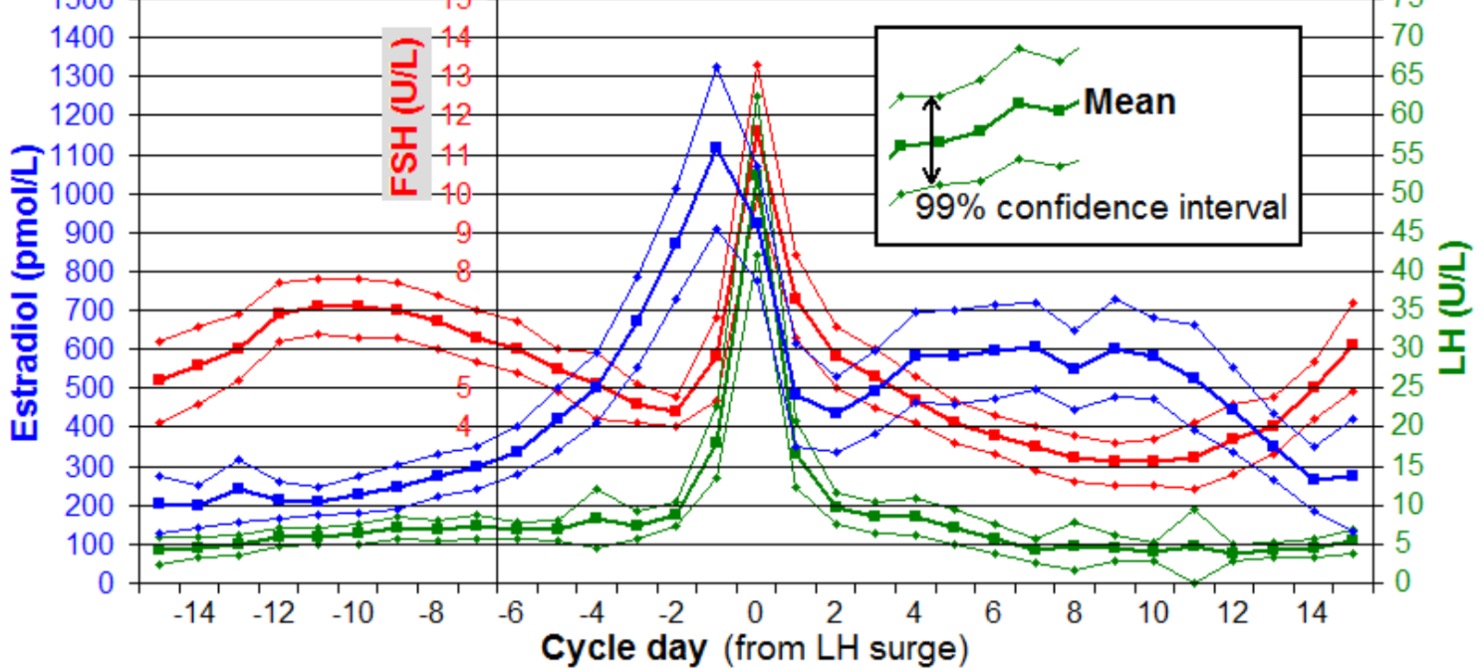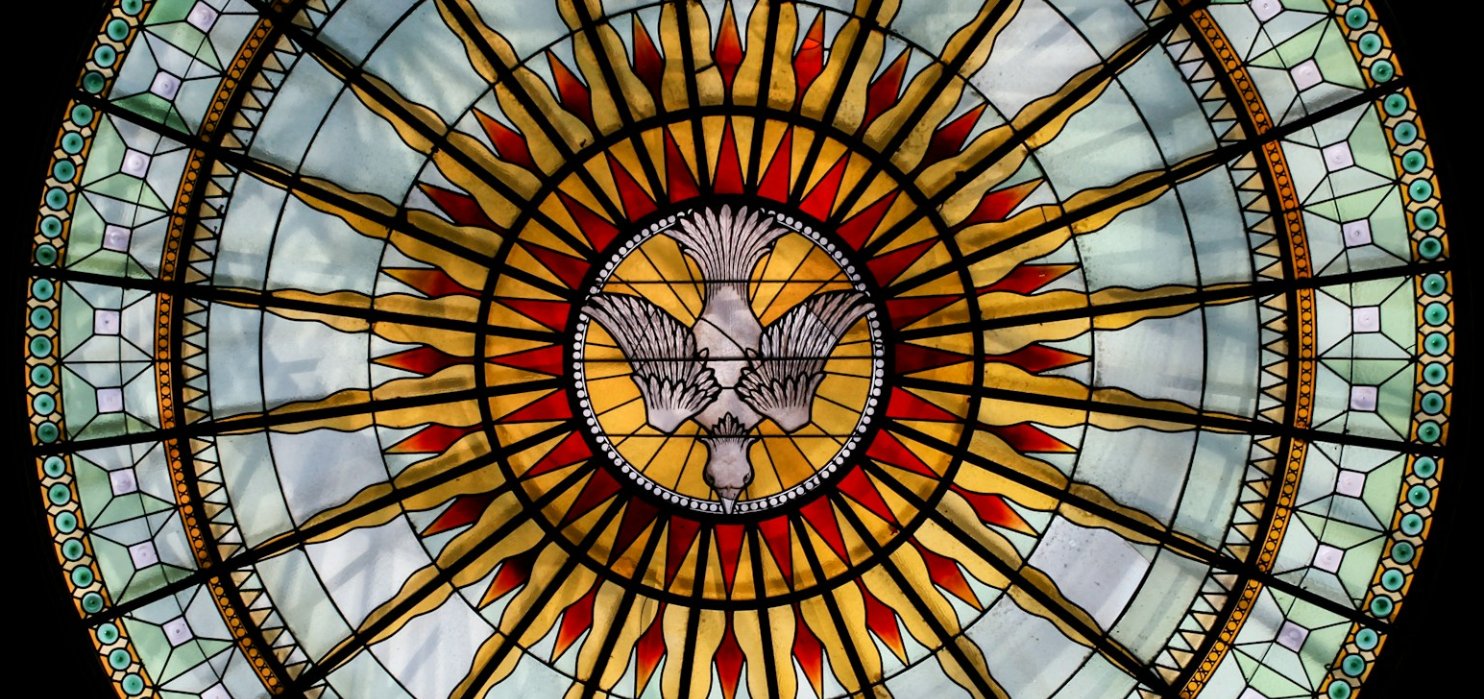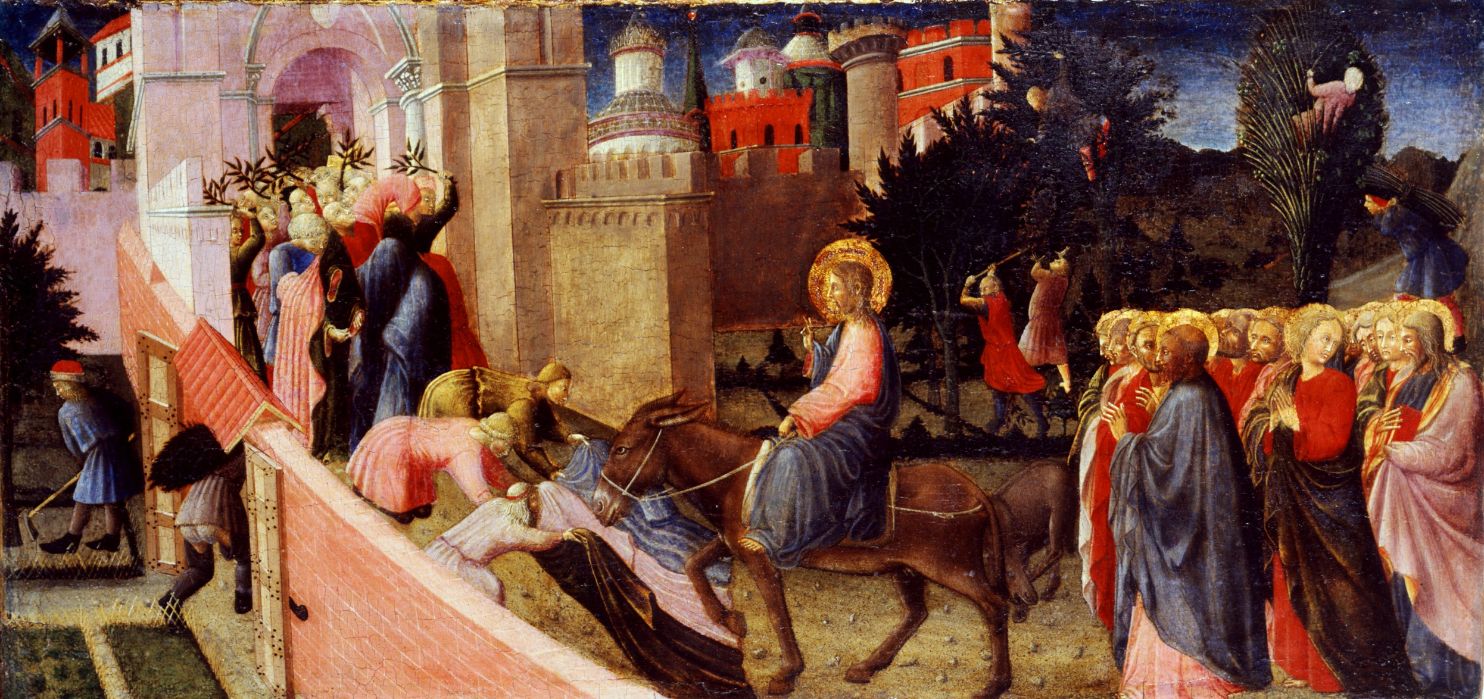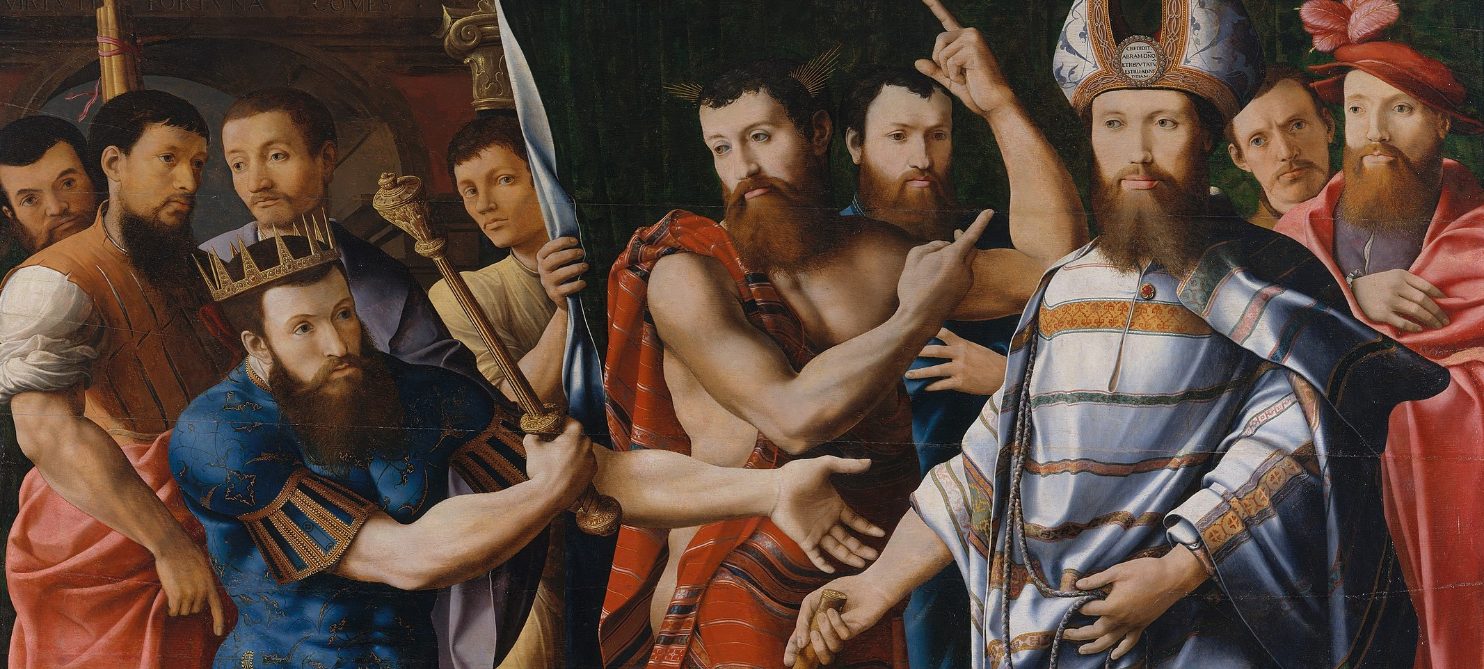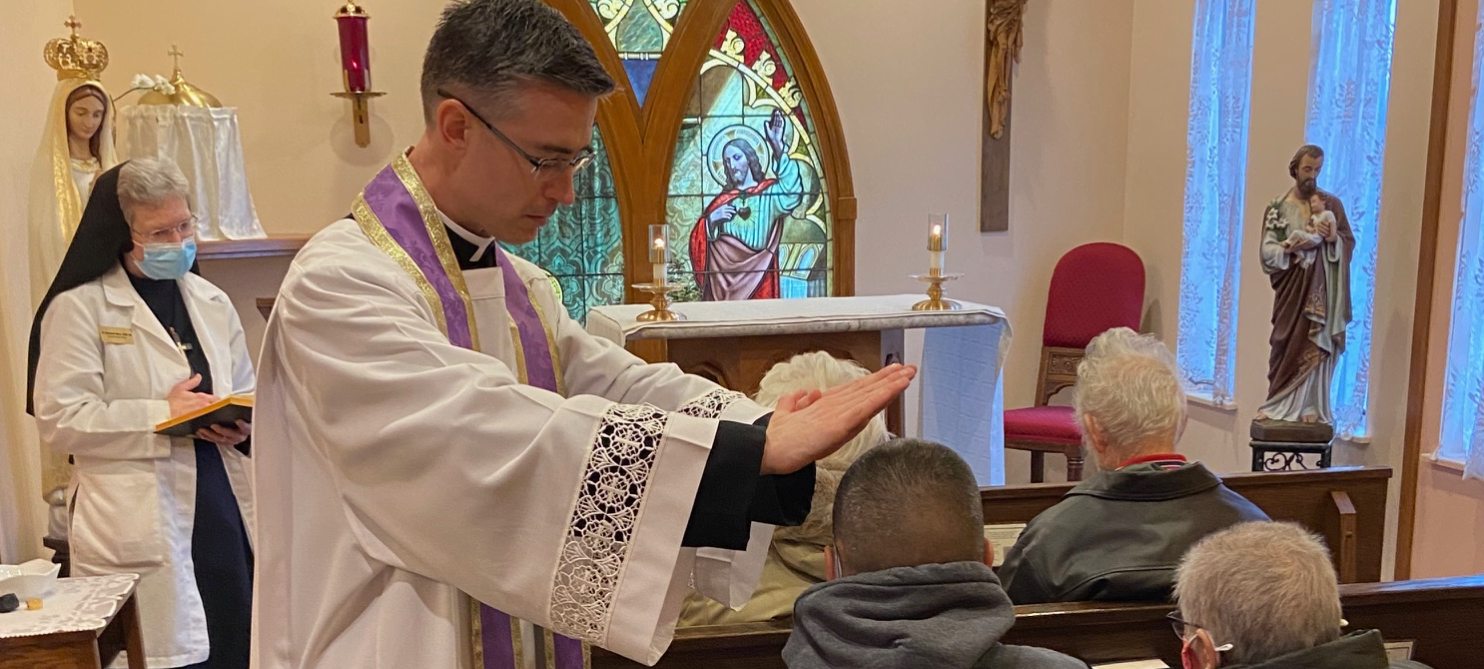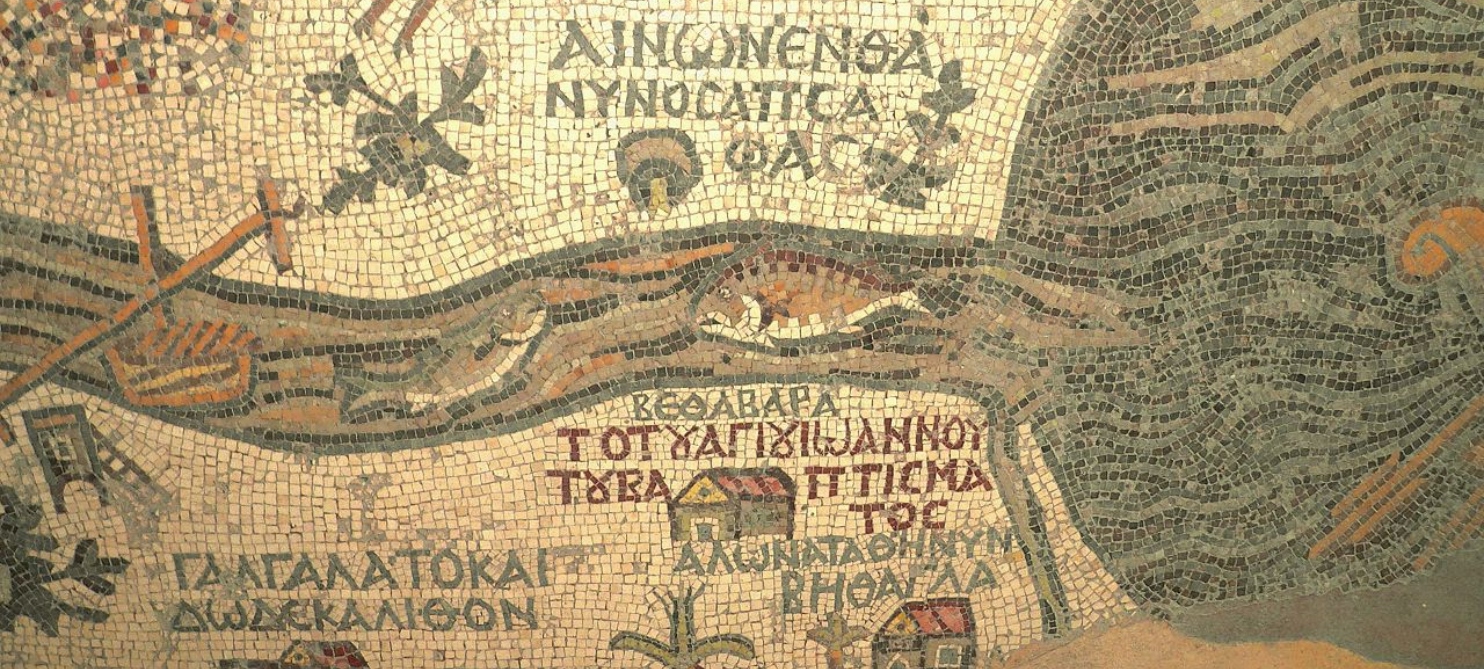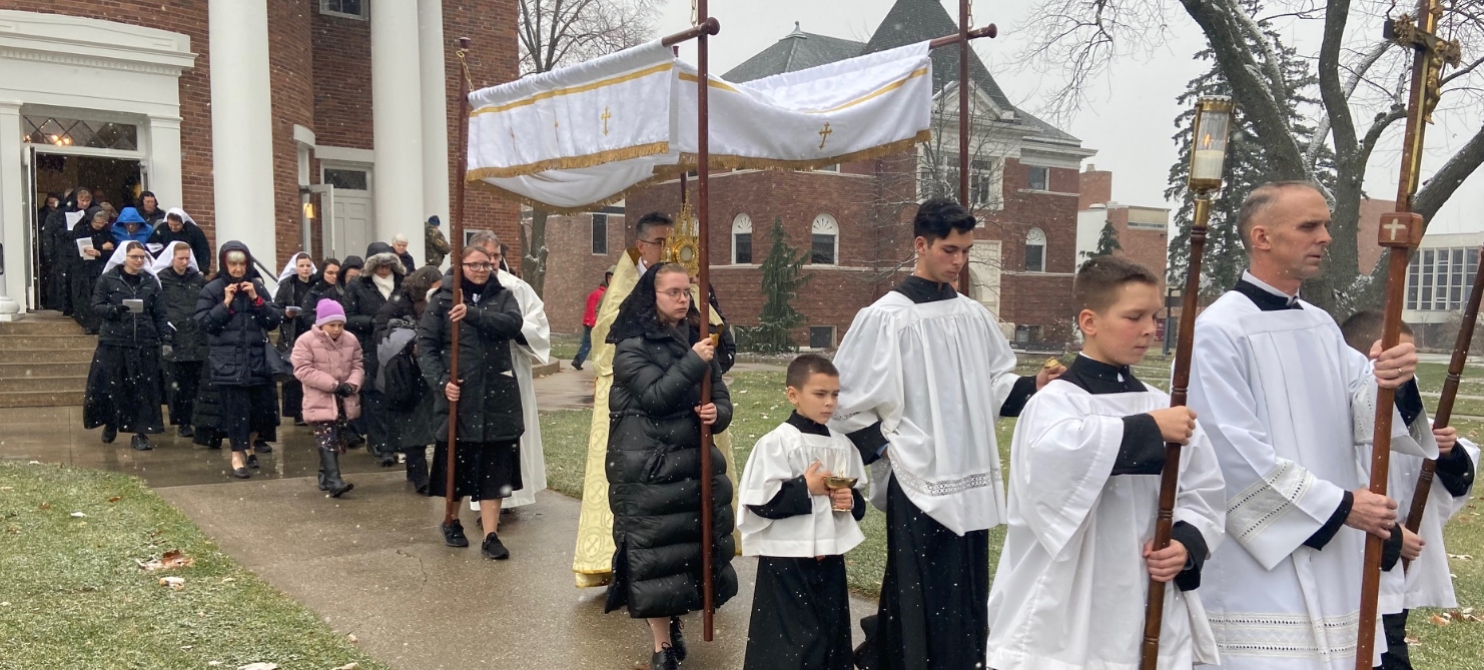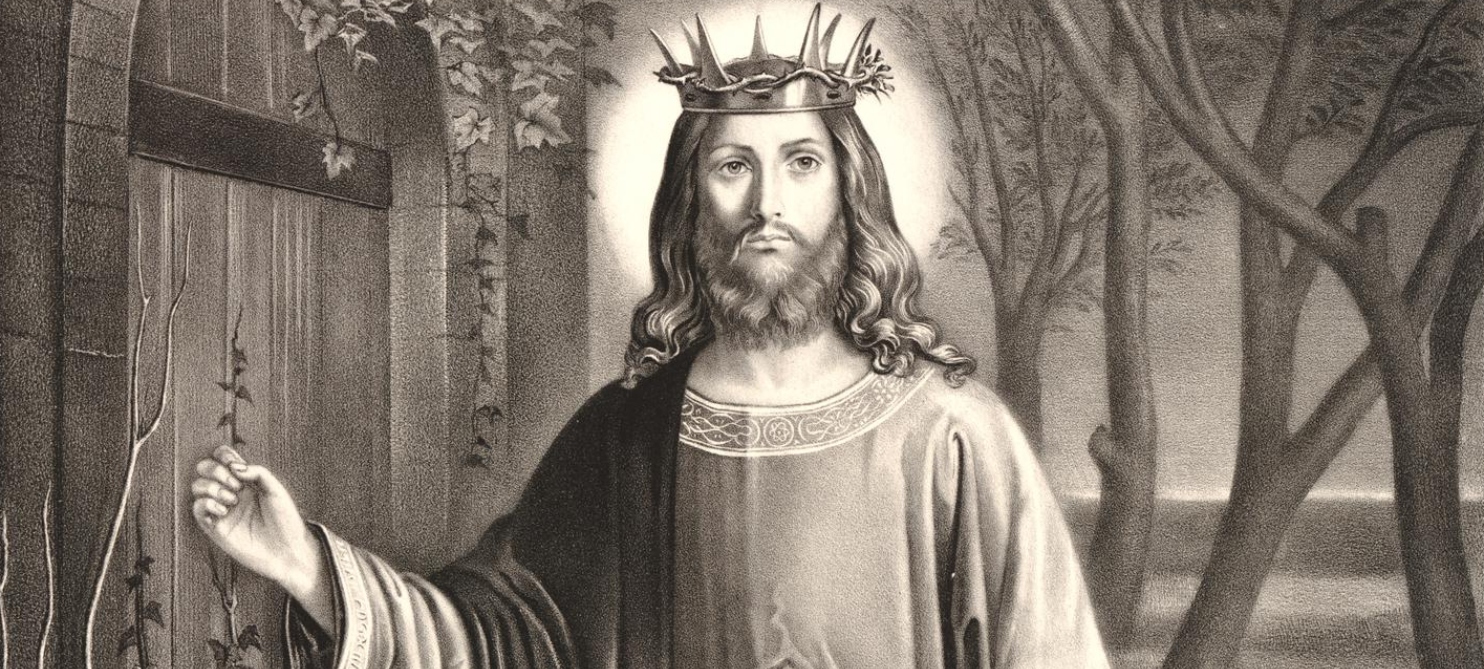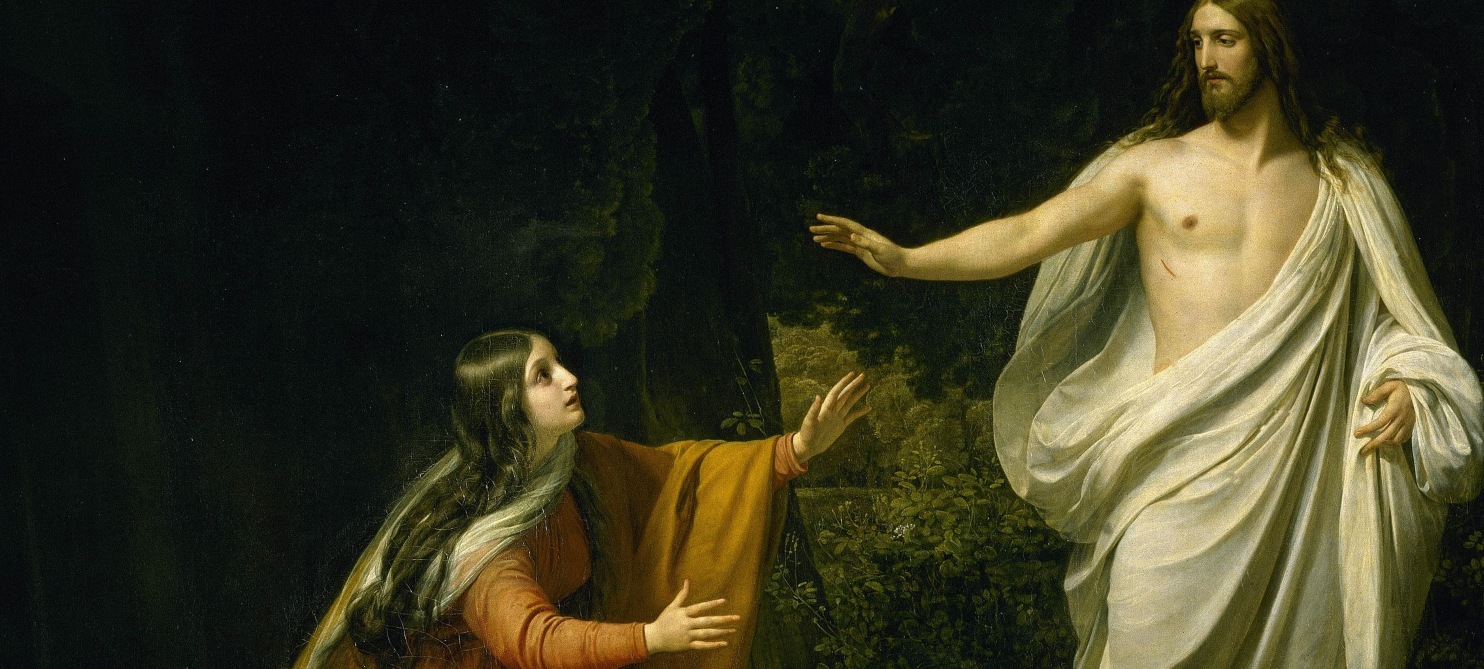O come, Thou Wisdom from on high,
Who orderest all things mightily;
To us the path of knowledge show,
And teach us in her ways to go.
As we spoke of in the previous post, the cry of the ages was for a Redeemer to come and save us. The book of Sirach Chapter 24 contains A Praise of Wisdom. Starting with the verse 3 with “Wisdom” speaking, it reads:
“From the mouth of the Most High I came forth,
and covered the earth like a mist.
In the heights of heaven I dwelt,
and my throne was in a pillar of cloud.
The vault of heaven I compassed alone,
and walked through the deep abyss.
Over waves of the sea, over all the land,
over every people and nation I held sway.
Among all these I sought a resting place.
In whose inheritance should I abide?
“Then the Creator of all gave me his command,
and my Creator chose the spot for my tent.
He said, ‘In Jacob make your dwelling,
in Israel your inheritance.’
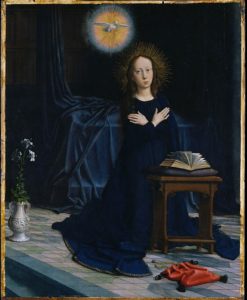
Hic verbum caro factum est – here the Word was made flesh
Before all ages, from the beginning, he created me,
and through all ages I shall not cease to be.
In the holy tent I ministered before him,
and so I was established in Zion.
In the city he loves as he loves me, he gave me rest;
in Jerusalem, my domain.
I struck root among the glorious people,
in the portion of the Lord, his heritage.[i]
Make your dwelling here – He pitched his tent
Here we find, within the pages of the Old Testament, words and images that parallel both the creation account in Genesis and the Prologue of the Gospel of Saint John. It should be noted that the word “tent” in verse 8 comes from a Greek word σκηνή (skēnē) which can mean tent, booth, or tabernacle. Where it is written, “In Jacob make your dwelling” the word used for make your dwelling is κατασκήνωσον[ii] , which can also be rendered as to take up quarters or to encamp. This is a simile of the word that is used in the Prologue of Saint John’s Gospel to refer to the Incarnation: “and the word was made flesh and dwelt (literally: pitched His tent) among us (Καὶ ὁ Λόγος σὰρξ ἐγένετο καὶ ἐσκήνωσεν ἐν ἡμῖν).[iii] This word recurs yet again in Revelation 21:3: “Behold the tabernacle (σκηνὴ/skēnē) of God is with men, He will dwell (literally: pitch his tent, σκηνώσει skēnōsei) with them and they shall be His people and He will be their God. [iv]
And so the cry of the ages for the Wisdom of God to come is answered in time in the Incarnation of the Lord Jesus Christ. He took a body, assuming human nature, as a dwelling place with us. He reveals God in His divine nature, in the three divine Persons, that we might know the Father. He dwelt with us in time that we might dwell with God forever.
O, Come let us adore Him
The verse at the beginning of the post is from O Come, O Come Emmanuel, a chant from the 12th century that contains the “O Antiphons” featured in the Liturgy starting December 17th and leading to the Eve of Christmas. Listen to the hymn here:[v]
The “O Antiphons”
The “O antiphons” are titles taken from the Old Testament that express the longing of the Hebrew people (and with them, all humanity) for the coming of God. These prayers hasten the coming of Emmanuel, a name that means, “God is with us”. The first “O Antiphon” is O Come Thou Wisdom. Taking this line from an article that was originally published in the Arlington Herald by Rev. William Saunders, “If one starts with the last title and takes the first letter of each one –
Emmanuel [God is with us],
Rex [King of the Nations],
Oriens [Dayspring],
Clavis [Key of David],
Radix [Rod of Jesse’s stem],
Adonai [Lord YHWH of might],
Sapientia [Wisdom],
the Latin words ero cras are formed [meaning, “I will be there tomorrow”]. Therefore, the Lord Jesus, whose coming we have prepared for in Advent and whom we have addressed in these seven Messianic titles, now speaks to us, Tomorrow, I will come.”[vi]
Want to learn more? See these articles for some great resources:
Have your own copy of
The Great Antiphons
of Advent[vii]
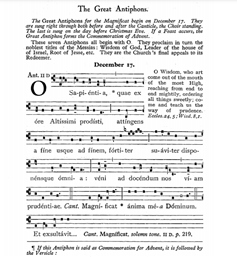
Read the entire article by Rev. William Saunders
What are the “O Antiphons”?
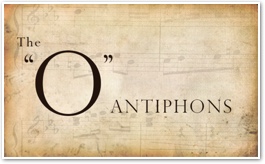
Meditation Notes on the
“O Antiphons”
by Rev. Roger Landry[viii]
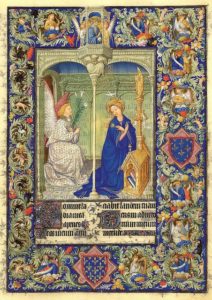
Contains links that will allow you to hear the chanting of the antiphons for each day
David, Gerard. “The Annunciation, 1506.” The MET 150. metmuseum.org. Accessed December 1, 2020. https://www.metmuseum.org/art/collection/search/436096. To listen to a description of this painting, which was originally part of an altarpiece, visit the URL.
“The Belles Heures of Jean De France, Duc De Berry 1405–1408/1409.” The MET 150. metmuseum.org. Accessed December 1, 2020. https://www.metmuseum.org/art/collection/search/470306. (Thumbnail)
[i] “Praise of Wisdom; Sirach 24:3-12.” United States Conference of Catholic Bishops. Accessed November 29, 2020. https://bible.usccb.org/bible/sirach/24.
[ii] “Sirach Chapter 24:8.” Kata Biblon – Contents – Greek Septuagint. Accessed November 29, 2020. https://en.katabiblon.com/us/index.php?text=LXX.
[iii] http://jesuitinstitute.org/Resources/John%20Prologue%20(Greek%20and%20English).pdf
[iv] “Revelation 21:3.” Revelation 21:3 Greek Text Analysis. Accessed November 29, 2020. https://biblehub.com/text/revelation/21-3.htm.
[v] Concordia Publishing House. “O Come, O Come, Emmanuel.” YouTube Video. 3:45. https://www.youtube.com/watch?v=7xtpJ4Q_Q-4
[vi] Saunders, Rev. Willian. “What Are the ‘O Antiphons’?” Republished from the Arlington Herald, 2003. Accessed November 28, 2020. https://www.catholiceducation.org/en/culture/catholic-contributions/what-are-the.html.
[vii] Leung, Andrew. “The ‘O Antiphons’ Begin Tonight.” Corpus Christi Watershed, January 1, 2020. https://www.ccwatershed.org/2015/12/17/o-antiphon-starts-tonight/. PDF • THE GREAT ANTIPHONS OF ADVENT; http://archive.ccwatershed.org/media/pdfs/15/12/17/12-45-01_0.pdf
[viii] Landry, Rev. Roger. “Meditation Notes on the O Antiphons.” Catholic Education Resource Center. Advent 2002, 2004. https://www.catholiceducation.org/en/culture/catholic-contributions/meditation-notes-on-the-o-antiphons.html.
Posted December 13, 2020


